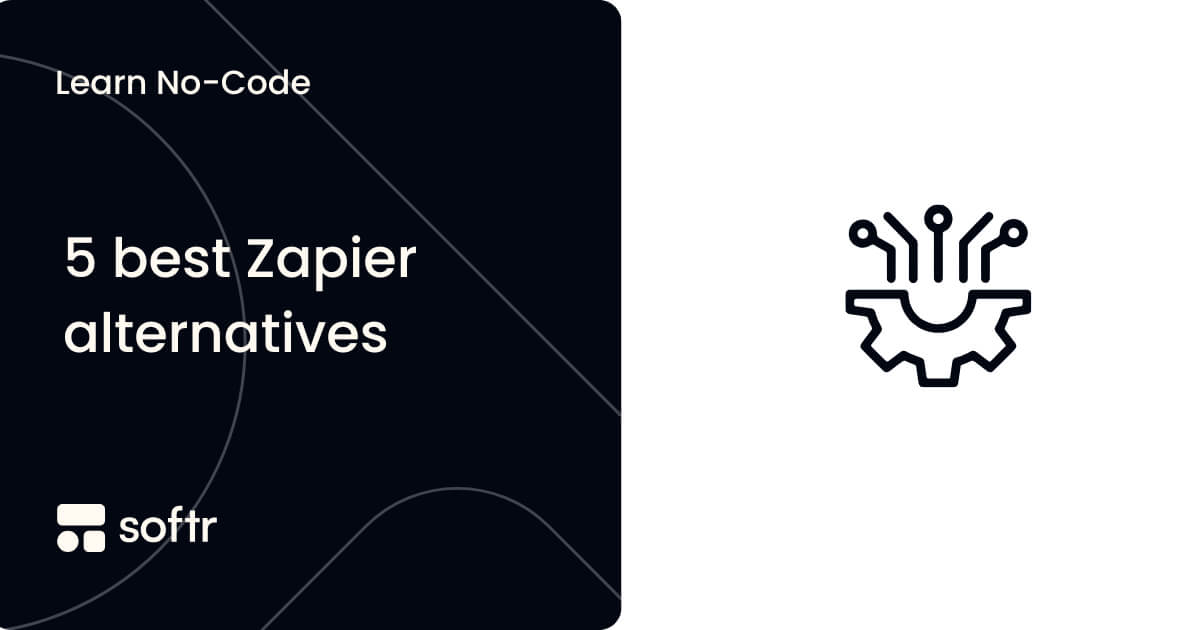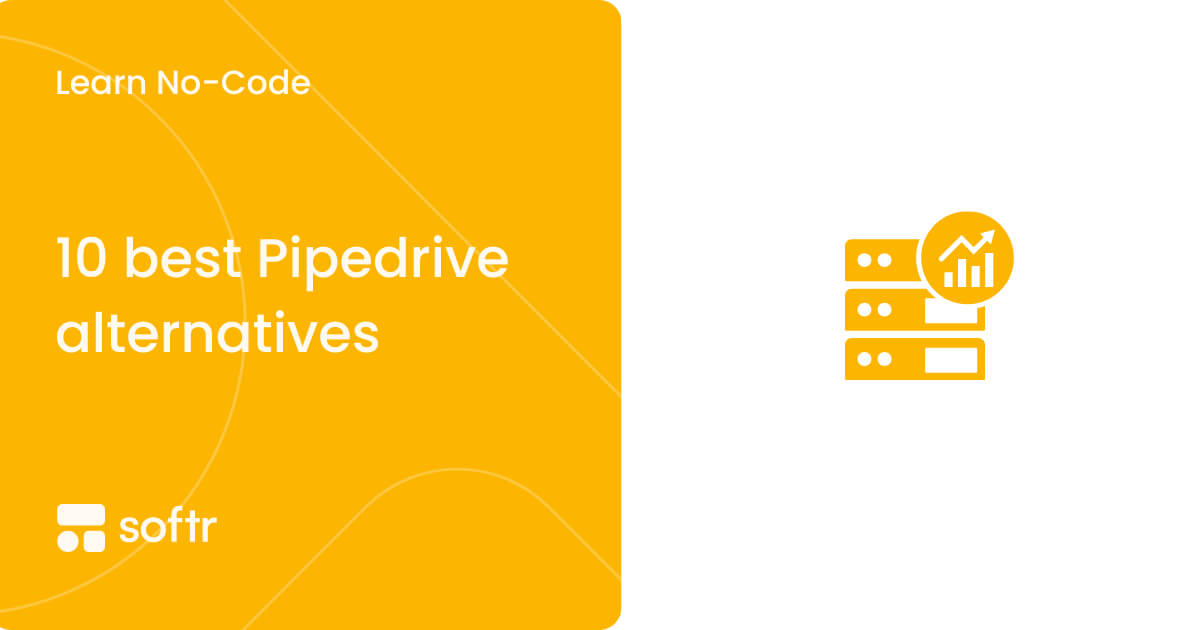Zoho vs. G Suite (now Google Workspace): Find the ultimate tech stack to boost productivity

August 15, 2022
There are lots of factors to consider when comparing Zoho vs G Suite (now Google Workspace). But for us, Google Workspace is the superior provider of productivity, collaboration, and communication tools.
Sure, Zoho is a great budget-friendly alternative with a transparent privacy policy and a focus on continuously rolling out new features and improving the platform. But in the long run, the impressive variety of tools Google Workspace offers makes the investment worth it.
“I'd recommend G-Workspace over Zoho on any day. We used Zoho for two years before moving to G- Workspace. Zoho may be nifty in terms of costs, but it doesn't hold a candle to G-Workspace in terms of integrations or the sheer number of apps to support productivity in the workplace.”
Katy Smith,
Product Manager at Airgram
In this article, we compare and rank the two tools based on tech stack, privacy, technical support, and pricing, so you can make your decision more easily.
Zoho Workplace vs Google Workspace (at a glance)
While nowhere near as popular as Google, Zoho has been keeping up with competitors for years due to its unbeatable pricing, clear-cut privacy policies, and dedicated CRM software that easily integrates with the suite’s tools. Here’s how these two tools compare at a glance:
Zoho Workplace
Zoho Workplace is a communication and productivity suite that provides a cost-efficient alternative to competitors like Google. With many of its features being similar to other workspaces, Zoho differentiates itself with its pricing and transparent privacy policy.
To help you better understand Zoho Workplace’s pros and cons, let’s take a look at where it stands in four main categories:
- Tech stack
- Security
- Technical support
- Pricing
Tech stack
Zoho Workplace encompasses three suites that work together seamlessly, but each has its own set of applications. They are:
- Office Suite: Zoho Writer, Zoho Sheet, and Zoho Show
- Collaboration Suite: Zoho WorkDrive and Meeting
- Mail Suite: Zoho Mail, Cliq, and Connect
Let’s take a closer look at what each of these apps does to help you in your decision-making process:
- Zoho Writer is similar to Microsoft Word and Google Docs, and lets users collaborate on files in real-time. Up to 50 collaborators are allowed in a document in their Standard plan.
- Zoho Sheets is a spreadsheet solution, equipped with charts, graphs, and calculations.
- Show helps users create interactive presentations with native themes, templates, infographics, and animations.
- Zoho WorkDrive is a file storage solution that offers users granular access controls, password-protected links, and a complete audit trail of team activities.
- Meeting allows for web video conferencing, with screen sharing and whiteboard functions.
- Zoho Mail is a bit more than just a mailbox—it also has apps like notes, calendar, bookmarks, and contacts.
- Cliq is an instant messaging service that teams can use for group chats and topic-driven channels. Cliq is also handy if you want to make audio or video calls.
- Connect is a corporate social network solution that acts as an employee intranet. Here, team members can share files, discuss problems, and make announcements.
“Zoho aggregates customer data from various sources, such as calls, email, live chat, and social media. And from its central dashboard, you can monitor real-time notifications that let you know instantly when someone opens your email, tags your brand on social media, or even visits your website.”
Chris Gadek,
VP of Growth at AdQuick
Security
Much like Google, Zoho claims to incorporate security into their entire software development process. For instance, it offers security capabilities like:
- Two-factor authentication
- Encryption at rest for email
- Data encryption at rest and in transit
- TLS encryption
While with both platforms you can rest assured that your data is safe and protected, when it comes to the privacy side of things, Zoho has a slight edge.

While both Zoho and Google Workspace place equal focus on security, Zoho’s privacy policy is a lot clearer and more user-friendly.
Google’s privacy policy is rather confusing and vague. Zoho, on the other hand, claims to have never sold user information and has a clear yet detailed privacy policy document that clearly explains how they collect and process user information.
Technical support
When it comes to technical support, there are a lot of areas where Zoho needs to improve. tIts technical support features are mostly limited to FAQs, user guides, webinars, and self-service ticketing systems.
While customers can reach out to Zoho Mail or Zoho Workplace tech support teams via phone, their customer service team is naturally a lot smaller than Google’s, and the number of centers in the U.S is limited.
Pricing
Zoho’s accessible pricing plans are a big contributing factor to their popularity. They are:
- A Forever Free plan
- A Mail Only plan
- A Standard plan
- A Professional plan
The features and functions offered in the Standard and Professional plans are pretty extensive for the price tag and include tools like Zoho Meeting, Zoho Cliq, and Zoho Office Suite.
However, while the Forever Free plan might seem attractive and accessible at first, it’s rather limited and the storage per user might not be enough for a lot of businesses. Zoho’s free plan was originally intended for startups and smaller teams with zero or very little funding. But as your business grows, you’ll likely find yourself having to upgrade to a paid plan.
The bottom line
Ultimately, Zoho is best suited for solopreneurs and small businesses with budget constraints if they don’t mind settling for fewer features and functions.
Indeed, Zoho Workplace is a cheap alternative for users who want to increase team collaboration and still need a professional email and communication tool provider.
But at the end of the day, Zoho’s interface isn’t very clean and can get overwhelming, especially when compared with the familiar Google Workspace.
Google Workspace
Google Workspace is a powerful collection of productivity apps mixed with Google’s powerful communication, scheduling, directory, and storage services. Its familiar, modern, and visually-pleasing user interface (UI), makes adoption and collaboration much easier.
To help you decide between this tool and Zoho, let’s take a look at how it ranks in four main categories:
- Tech stack
- Security
- Technical support
- Pricing

Tech stack
Like Zoho Workplace, Google Workspace offers a wide range of apps that promote productivity, collaboration, and communication among team members. You can also extend Google Workspace’s functionality even further thanks to various add-ons and integrations like:
- Copper, a CRM specifically for Google Workspace.
- DocuSign, providing a faster and easier way to sign and manage contracts and agreements.
- Miro, an online whiteboard and ideation space.
- Slack, for better communication.
- Asana, a project management software.
- Kanbanchi, a Kanban-style agile project management software that integrates with Calendar, Drive, and Gmail.
However, to avoid getting overwhelmed by Google Workspace’s many features and offerings, it’s important to determine your business needs and choose your add-ons and integrations accordingly.
Some of Google Workspace’s features include:
- Gmail gives companies and employees their own email accounts under their business’s custom domain name.
- Calendar lets employees schedule calls, block out focus time, add ‘out of office’ time, and set reminders on a calendar everyone in the company can see. This reduced scheduling errors and tedious back and forths.
- Google Drive stores your files so you can upload, access, share, and manage all your data in one safe place.
- Google Docs enables teams to collaborate in real-time by sharing and editing documents. Edit histories also increase transparency and allow users to track activity.
- Google Sheets is a spreadsheet program similar to Excel, which, with the right integrations, can even be used to power business and personal CRM tools. More on this later!
- Google Slides helps teams to build and collaborate on presentations, and edit in real-time.
- Google Meet integrates seamlessly with Calendar and Chat to quickly schedule and hold voice and video meetings.
- Google Vault is an additional security measure that lets users archive, search, and export on-the-record chats and company emails for auditing and eDiscovery purposes.
- Chat (Previously Google Hangouts) is a messaging tool and Slack alternative that streamlines quick team communications.
Security
Security has always been a priority for Google, and that’s reflected in the various security and privacy capabilities in Google Workspace.
Some of these security capabilities include:
- Client-side encryption
- Trust rules for Google Drive and Drive labels
- Enhanced phishing and malware protection for Google Drive
- Two-factor authentication
- Data loss and leak prevention

Google Workspace is one of the most secure solutions of its kind and it works actively to ensure the safety of users and their data. And while some have raised concerns when it comes to personal data privacy, Google has successfully passed independent audits that verify their privacy practices for Google Workspace and Google Workspace for Education.
Technical support
Providing efficient and fast technical support is one of the areas where Google Workspace truly shines. It provides 24/7 email, chat, and phone support, along with its very own knowledge foundation, training certifications, and customer support forums.
“G-Workspace is backed by Google, and it has 24/7 technical support which is much better than any documentation, training video, or seminar that Zoho is currently offering. [So for us, it’s] G-workspace all the way.”
Conner Goldberg,
Managing Director at Ascension Cloud Solutions
Pricing
Between Zoho and Google Workspace, the latter is definitely the more expensive option. But for a good reason.
Even with Google Workspace’s most basic plan, users can customize their emails, access cloud sharing, and utilize other tools like Docs, Sheets, and Chat. And the more advanced the plan, the more unique features you get. For example, you can increase storage and communication features with the Business Plus plan, and get the most robust security with Enterprise.
The bottom line
The bottom line: Google Workspace is the clear winner because of its numerous features and functions, better UI, simpler UX, and great technical support. Its pricing and lack of a free plan might put some users off, but if your budget’s flexible and you’re looking for a shallow learning curve, easier onboarding, and more comprehensive features, this tool is for you.
“Google Workspace is one of the best cloud-based office suites available. While it is a little more expensive, the number of business apps it has makes the cost worth it. Google Workspace has helped our remote-first company work efficiently and effectively.”
Melanie Edwards,
Senior E-Commerce and Digital Product Manager at OLIPOP
What if you could use Google Sheets to build powerful internal tools for your business?
In addition to having a better UI and a wider array of functions, using Google Workspace has an extra bonus: building customized, no-code web apps with the Google Sheets-Softr combo.
Softr is a no-code web app and website builder that allows Airtable and Google Sheets users to transform the information in their databases into powerful tools. For example, you could take your customer contact and sales pipeline data and build your own Google Sheets sales CRM ( just like using an Excel CRM, but more customized and powerful).

With Softr, you can extend your Google Workspace experience and easily build no-code tools that help you streamline processes, automate operations, and scale your business.
Zoho vs G Suite (now Google Workspace): who wins?
Between Zoho and Google Workspace, the latter is the winner for us. While Zoho has some great features, it can’t be denied that Google Workspace excels in:
- User-friendliness
- Better UI
- Ability to integrate with more collaboration and productivity tools
- Wider variety of features and functions
- Extensive customization options
- Robust file management capabilities
- Superior customer support
However, Google Workspace isn’t without its drawbacks. For instance, it’s more expensive than Zoho’s solution, which can pose a problem for small businesses that need to cut costs.
So if you’re content with mainly email and calendar functions for your business, Zoho could be a great choice for you. But if your business needs to transfer data and use writing, presentation, and collaboration tools like Google Sheets and Docs, Google Workspace is the better option.
And as an added benefit, you can always integrate your Google Sheets data with a no-code web app builder like Softr to develop all the tools you need to support your business, like CRMs, client portals, and applicant tracking systems. On the other hand, you can build something like a Zoho client portal with Softr, but it requires third-party tools to connect data.
“With the extent of control Google Workspace gives your organization, it’s the obvious choice for a manager.”
entrepreneur and a Cybersecurity Specialist
Thanks for insights and inspiration to:
Jean Chen, Co-Founder & COO at Cicinia.
Peter Strahan, Founder and CEO of Lantech.
Frequently asked questions
Can I use Zoho and G Suite together?
Certain Zoho services like Zoho Mail and Zoho Subscriptions allow users to integrate with Google Workspace (formerly G Suite) and import users and information or redirect email delivery. But there’s no seamless integration between all of Zoho’s services and the Google Workspace.
What's better: G Suite or Zoho?
Deciding between Zoho vs G Suite (now Google Workspace) depends a lot on your budget, desired use case, and needs. But if you’re looking for an all-in-one productivity suite with planning, communication, and directory services, Google Workspace is for you.
If you’re looking for a relatively cheap productivity solution that’s mostly focused on email and collaboration, Zoho is the way to go.
Is there a free trial for Zoho?
In addition to their Forever Free plan, Zoho Workplace offers a 15-day free trial of their Professional plan.
Is Google Workspace free?
While Google Workspace offers a 14-day free trial, it doesn’t have a free plan for businesses, only for personal use.
Is Zoho a good CRM system?
The Zoho CRM has a clean and intuitive interface and is an affordable alternative to most CRM software.
However, when doing your CRM comparison, it’s important to consider the importance of customizability within your solutions. If you require a high degree of customizability, but are still looking for a shallow learning curve, you might be better off exploring the option of creating your own creating your own Airtable CRM with Softr.








